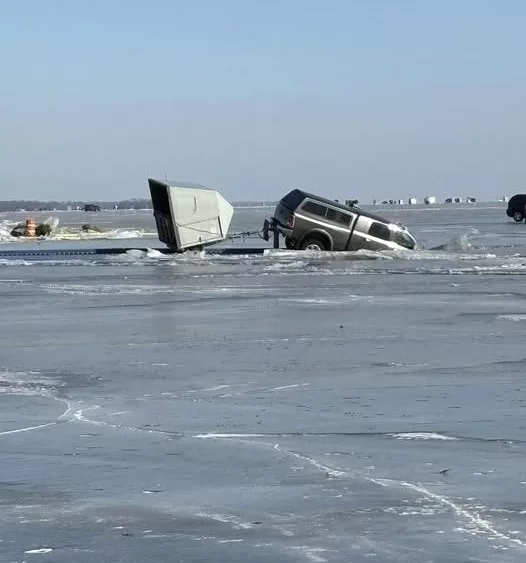by Vaughn R. Larson
On Jan. 17, 1838, the 1st Wisconsin Territorial Assembly approved legislation requiring free, able-bodied men between the ages of 18 and 45 to serve in the territorial militia. But 10 months earlier, territorial governor Henry Dodge commissioned Morgan L. Martin as a captain and commander of the Green Bay Rangers. That date — March 5, 1837 — is considered the birth of the Wisconsin National Guard. The tradition of Wisconsin residents serving their community in military status predates statehood. Dodge was a military veteran who served as a colonel in the Michigan territorial militia during the Black Hawk War of 1832, and saw more military engagements with Native Americans as an officer in the U.S. Army Battalion of Mounted Rangers and the Regiment of Dragoons. This experience shaped his desire as the first Wisconsin territorial governor to protect the region from Native American attacks, but the massacre at Bad Axe during the Black Hawk War likely persuaded Native Americans in the Wisconsin area against fighting American military forces. Dating back to England in the Middle Ages, militias — a military force composed of locals and activated as needed — were a practical solution to the problem of maintaining large standing armies, and the concept carried over to the New World. A Wisconsin law passed in 1858 allowed for militia companies to be formed whenever 40 or more people wanted to “organize themselves into a uniform company, either of Artillery, Light Infantry, Riflemen or Cavalry.” Once a unit met state requirements, the governor would commission its officers. However, training, equipping, funding and compatibility with “regular” military forces would remain unsettled concerns until the 20th century. In the meantime, Wisconsin’s Citizen Soldiers would be measured by their willingness to serve. In 1861, President Abraham Lincoln called upon the states still loyal to the Union to provide up to 75,000 militia troops to put down the rebellion. During the course of the Civil War, Wisconsin itself would exceed that quota, providing more than 91,000 fighting men in 50 infantry regiments, eight artillery batteries and one cavalry regiment. The heritage of some of these Civil War units is carried on today in the Wisconsin National Guard. Wisconsin reorganized its militias into an organization first referred to as the Wisconsin National Guard in 1879, and three years later the organization began to adopt uniforms patterned after the regular Army, and also began to organize into regiments and battalions. The Wisconsin National Guard sent troops to Puerto Rico in support of the Spanish American War in 1898. In the 20th century, the federal government provided more training, equipment and oversight of the National Guard, but the desire to serve was still a home-grown commodity. In the first half of the century the Wisconsin National Guard would serve on federal status along the Mexican border, in France and Germany for World War I and in the South Pacific for World War II. After World War II, opportunities to serve expanded with the addition of the Wisconsin Air National Guard. Wisconsin’s newest military component served in the Korean War, and Volk Field is named after 1st Lt. Jerome Volk who perished during that conflict. In the following years the Wisconsin National Guard would be called to serve in the Berlin Crisis, Operation Desert Shield/Desert Storm, the Global War on Terror and subsequent missions as well as peacekeeping missions and other overseas deployments. Since 2001 the 115th Fighter Wing has conducted an air sovereignty mission, and in 2023 the fighter wing became just the second Air National Guard unit to receive the F-35 Lightning II fifth-generation fighter jet. The Wisconsin National Guard is also part of the State Partnership Program, with partner nation relationships with Nicaragua and, more recently, Papua New Guinea. While the tempo of federal service definitely increased, the Wisconsin National Guard still serves the state as its first military responder during emergencies. In addition to storm response and civil unrest, the Wisconsin National Guard’s longest and largest state mission was its support of the state response to the COVID-19 pandemic. One hundred and eighty seven years after Capt. Martin was commissioned, the Wisconsin National Guard remains ready to serve Wisconsin and the nation. “As we stand just over a decade away from our bicentennial milestone, the Wisconsin National Guard continues to exemplify the essence of American greatness,” said Maj. Gen. Paul Knapp, Wisconsin’s adjutant general. “With each call to duty, our Citizen Soldiers and Citizen Airmen epitomize dedication, courage, and unwavering loyalty. Whether summoned by the governor or the president, I am confident in the readiness and resolve of every member of the Wisconsin National Guard to fulfill any mission entrusted to us.”







